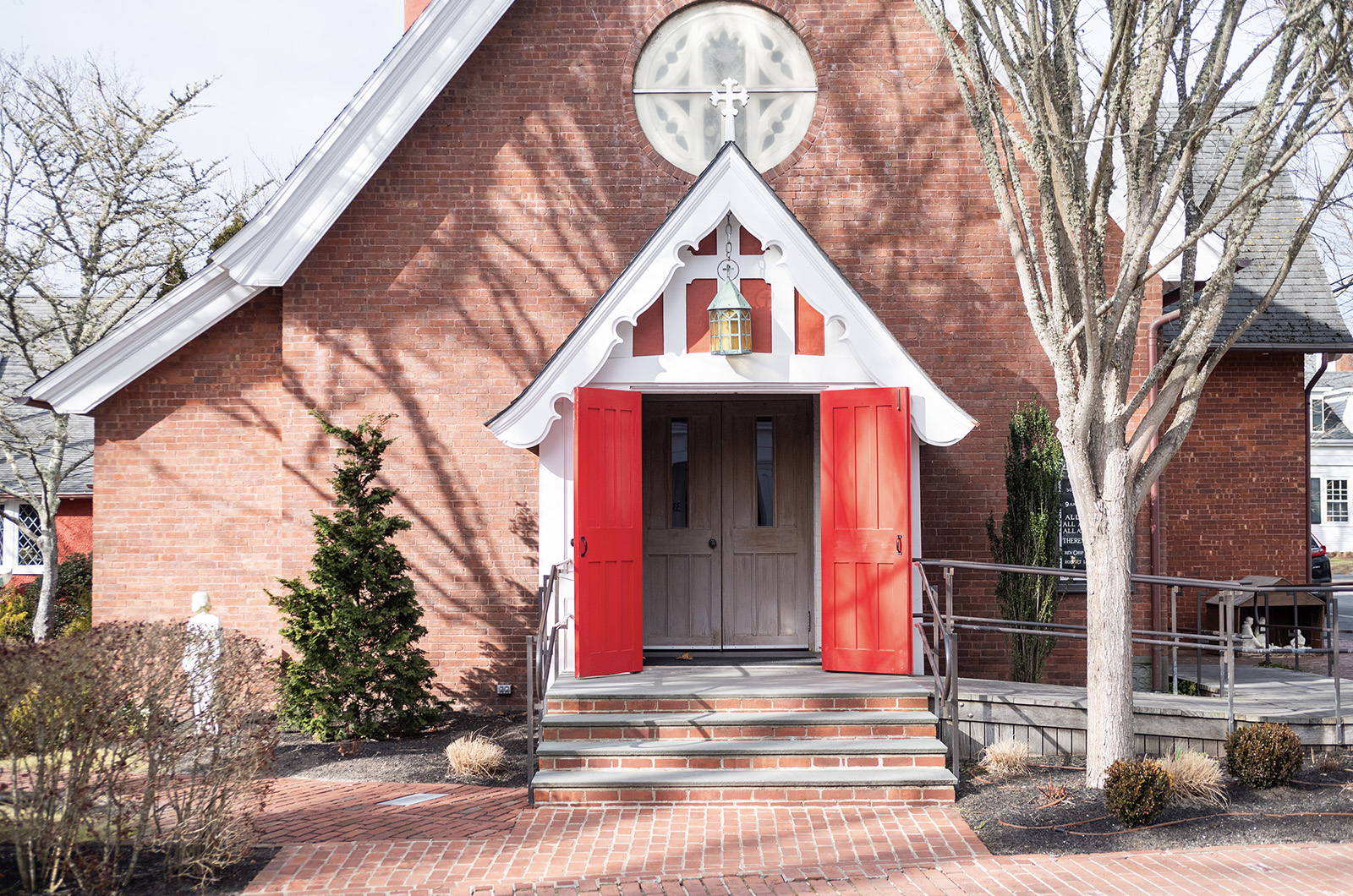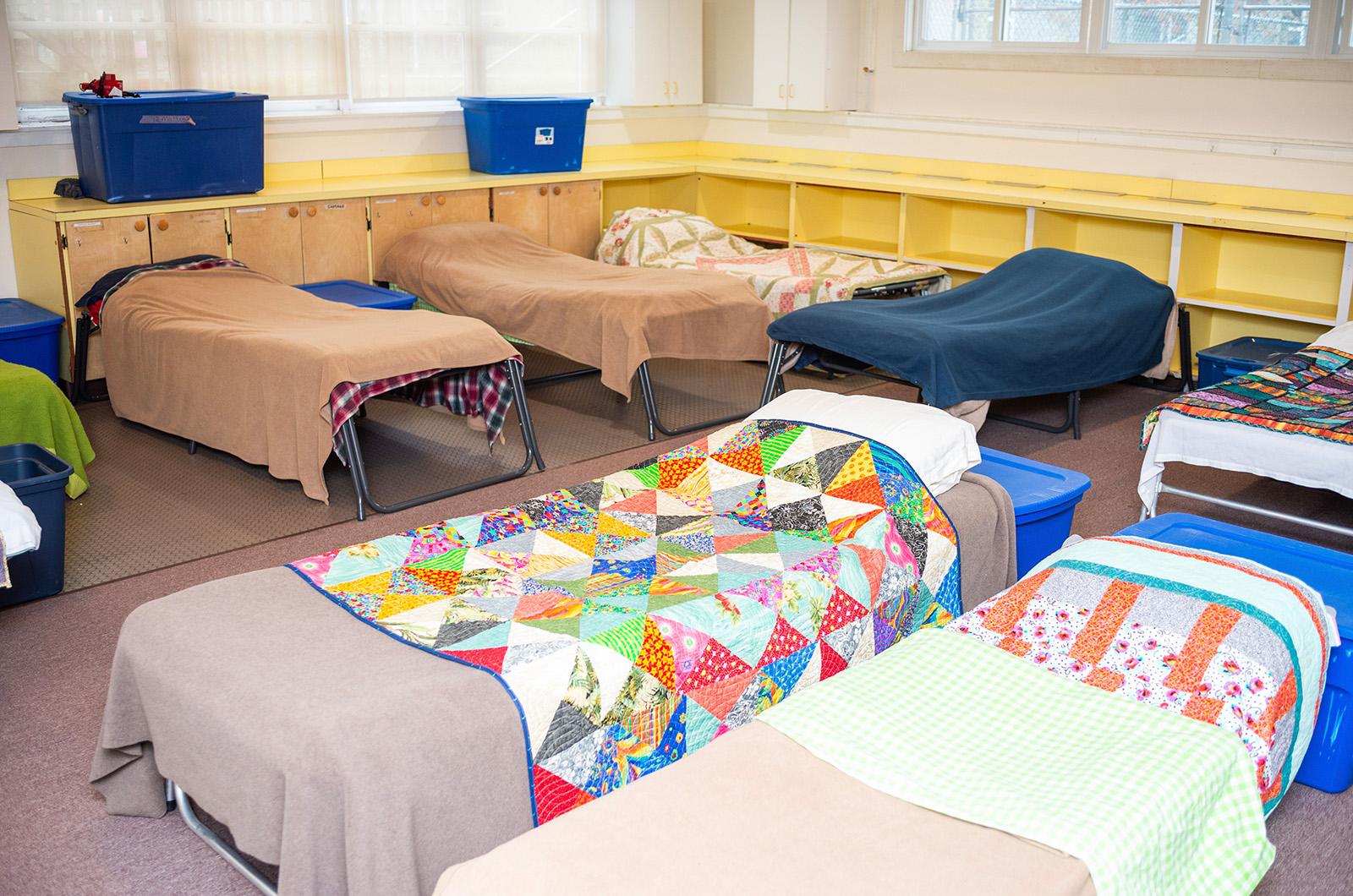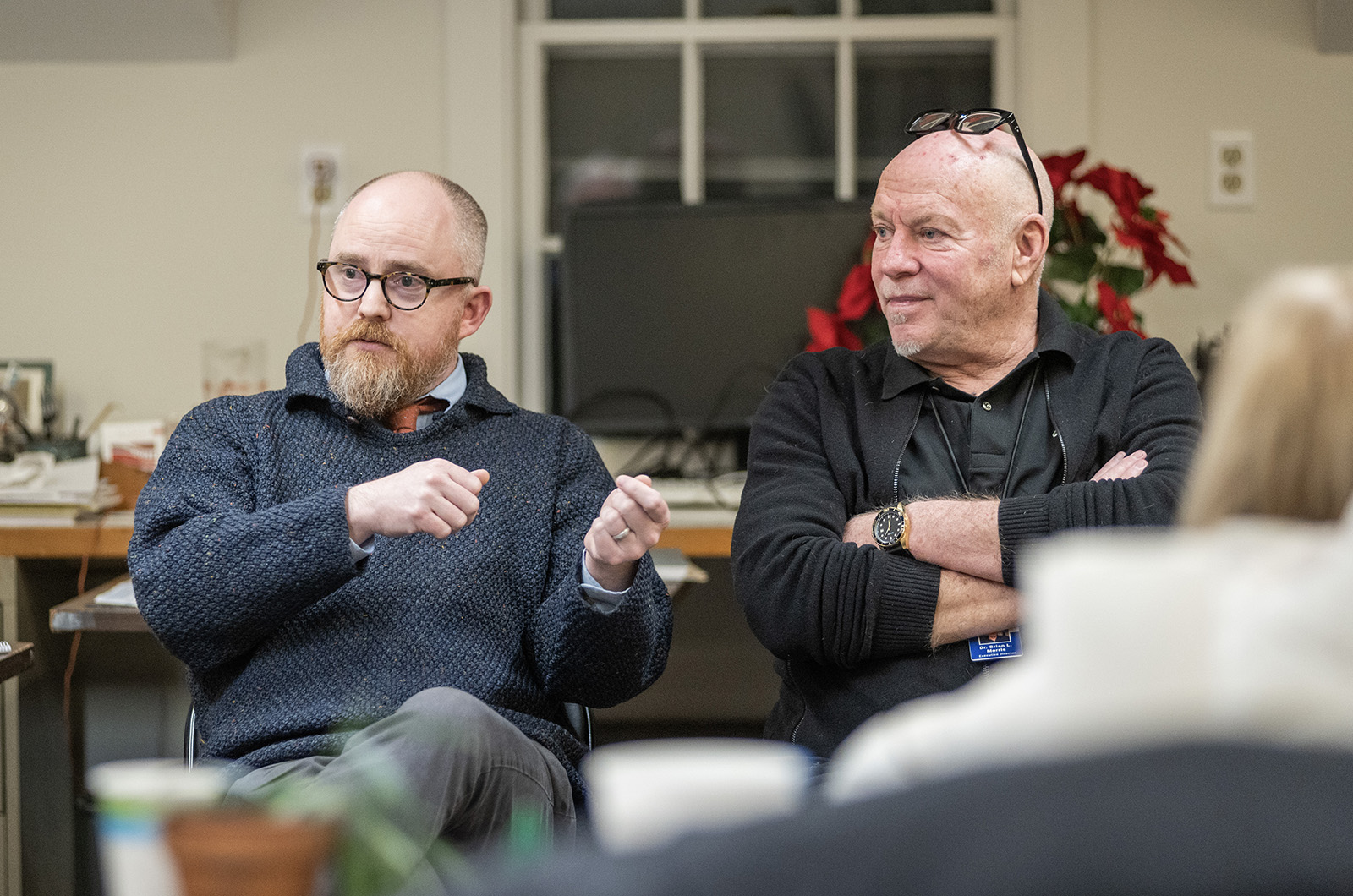More than 50 people on Martha’s Vineyard this winter have no place of their own to sleep at night, according to new census results from the Harbor Homes nonprofit, which runs a 25-bed seasonal shelter in Oak Bluffs.
Each year, as part of a nationwide effort, the organization conducts a point-in-time count of the Island’s homeless population. On a single night in late January, outreach worker Sharon Brown tallied 56 unhoused Islanders, including children.
The datapoint, which likely undercounts the true extent of off-season homelessness on the Island, comes as the winter shelter must relocate next month. For several years, it has found stability on the Martha’s Vineyard Community Services campus, but due to renovations there, Harbor Homes had to find a new location for unhoused Islanders to secure a bed during cold winter nights.
In March, the shelter moves to two churches in Edgartown — St. Andrew’s Church and the Federated Church of Martha’s Vineyard — each of which will host guests for several nights in a row.
Harbor Homes and the homeless community on Martha’s Vineyard were the focus of a talk at the Vineyard Gazette newsroom this week, as part of the ongoing Tuesdays in the Newsroom series. About three dozen people attended the discussion led by Brian Morris, Harbor Homes executive director, Lisa Belcastro, longtime manager of the winter shelter, Katrina Lima, Harbor Homes board member and volunteer, and Rev. Mark Winters of the Federated Church in Edgartown.
“Thirty of [the adults] were in the shelter at one point or another,” Mr. Morris said, referring to the homeless count in January. “The others were, guess what, living in cars, living in the woods, living at the bus depot at the ferry terminal.”
Mr. Morris acknowledged that the number most likely does not account for the full number of homeless on the Island, especially during the summer when the amount grows into the hundreds.
This winter’s count is higher than point-in-time tallies in recent years. In 2022, Harbor Homes counted 40 homeless adults and two children, which was more than twice as many people as in 2019.
The homeless population on the Vineyard reflects a national issue, Mr. Morris said.
“On any given night, in January of 2024, there were some 777,000 unhoused Americans,” he said.
“We have a homeless problem here, too,” Mr. Morris said, noting that by a show of hands, more than half the people in the newsroom audience knew someone affected by homelessness or had experienced it themselves.
“Nobody, nobody is insulated from this wicked problem,” he said.
The winter shelter program began as Houses of Grace in 2016. It was an all-volunteer organization started by Island clergy after two homeless Vineyarders died one winter from exposure to the elements.
“People were freezing in the woods at night,” said Ms. Lima, who started at the organization as a volunteer at the shelter.
For the first few years, churches in Edgartown and Vineyard Haven took turns providing a warm and safe place for those in need to sleep from January through March.
Harbor Homes opened its doors in 2020, providing congregate housing for adults who were formerly homeless or at risk of becoming homeless. It now operates two transitional homes — one for men and one for women — as well as running the winter shelter, outreach services and a hotel respite program that provides short-term emergency housing for those in crisis.
For the last few years, the organization has been searching for property to buy for a permanent winter shelter that would also provide space for educational programs geared toward homeless Islanders, Mr. Morris said.
Two prospective deals in Oak Bluffs have not come to pass, but Mr. Morris remains upbeat about the prospect of a permanent location for what he’s calling the Harbor Homes Center.
“We’re more than the shelter,” he said, detailing the many services the organization already provides, and highlighting potential new programming in the future.

At the two congregate houses, in exchange for a monthly rent payment, residents receive not only a bedroom but an education in life skills they will need to live independently, such as balancing a checkbook and creating a resume to find work, Mr. Morris said.
The organization also introduced daytime warming shelters this winter at Island churches and the Red House Peer Recovery Support Center when temperatures dropped below freezing.
The nighttime shelter remains a literal lifeline for Island homeless, especially during the current frigid winter. The shelter also serves as a stabilizing factor for those whose lives are anything but stable. Many return each evening, Ms. Belcastro said, and have individual cartons for their belongings.
This stability will soon be challenged when the shelter has to change locations on March 1. Among other challenges, new bus routes will need to be navigated and the two locations juggled.
The Federated Church will shelter guests on Sunday through Tuesday nights, and St. Andrews will host on Wednesdays through Saturdays. Dinners and breakfasts will continue to be provided by the Island’s community suppers network and local chefs.
Harbor Homes officials are also concerned about when the weather warms, and the number of unsheltered people on the Island skyrockets into the hundreds.
“You probably know someone who, come May or June, has to move out of their seasonal winter rental... and they have to find some place to stay for three, maybe four months. They then become homeless,” she said.
Harbor Homes continues to do outreach in the summer monthss, but does not run a shelter program then.
Mr. Morris stressed that getting the word out about the work and partnerships of Harbor Homes is essential to its ability to help at-risk Islanders.
Reaching out to potentially homeless Islanders is another big priority, Mr. Morris said.
“I go on calls in an unmarked police car with a plain clothes detective every week,” Mr. Morris said. “We ride around. We try to figure out where people are. And we [say] ‘How you doing? How can I help you?’”
“These people are your neighbors. They’re our neighbors,” he added. “And we need to shine a little light on them so that they can lead lives with dignity.”








Comments
Comment policy »